In the world of material handling equipment, choosing the right lifting system can dramatically impact productivity, safety, and operational costs. The debate between carbon stacking cranes and traditional cranes has grown as industries strive for higher efficiency and lower environmental impact. Understanding their differences is essential for businesses across manufacturing, warehousing, logistics, and construction.
For a more in-depth guide on the fundamentals of material handling, see
🔗 What Is Material Handling? Types, Equipment, Functions, Safety, and Warehouse Optimization
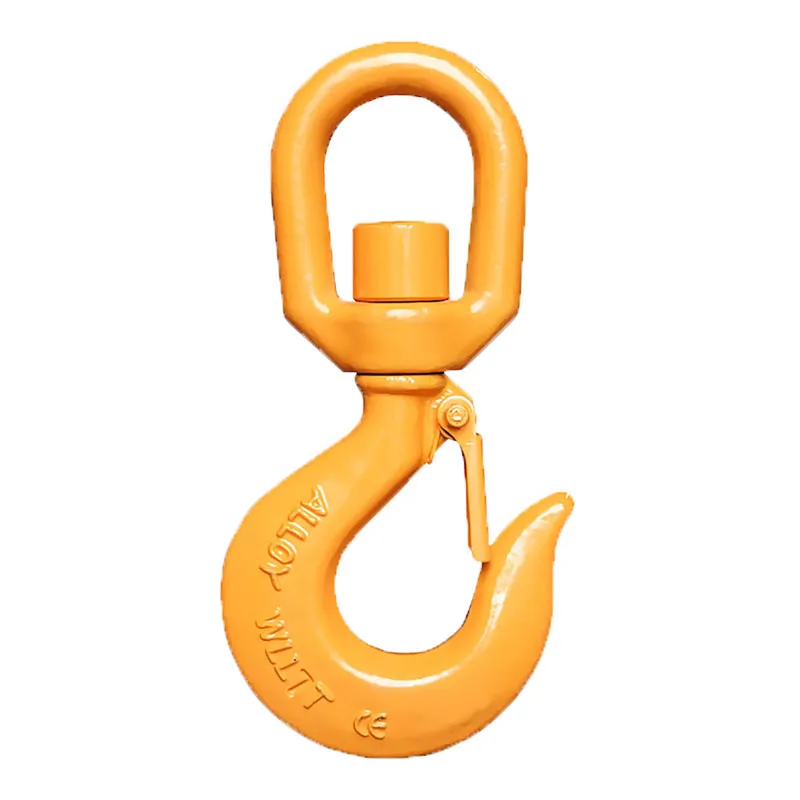
Table of Contents
ToggleWhat Is a Carbon Stacking Crane?
A carbon stacking crane is constructed using carbon fiber materials, which are exceptionally strong yet lightweight. This modern innovation in industrial material handling solutions offers several benefits:
- Faster movements due to reduced weight
- Lower energy consumption
- Less wear on mechanical components
- Easier integration with automated material handling systems
In warehouse material handling equipment setups, these cranes often work alongside conveyors for material handling, AGVs, and robotic systems to speed up loading and unloading operations.
Read the extended comparison here:
🔗 Carbon Stacking Crane vs. Traditional Cranes: Which Is More Efficient in Material Handling?
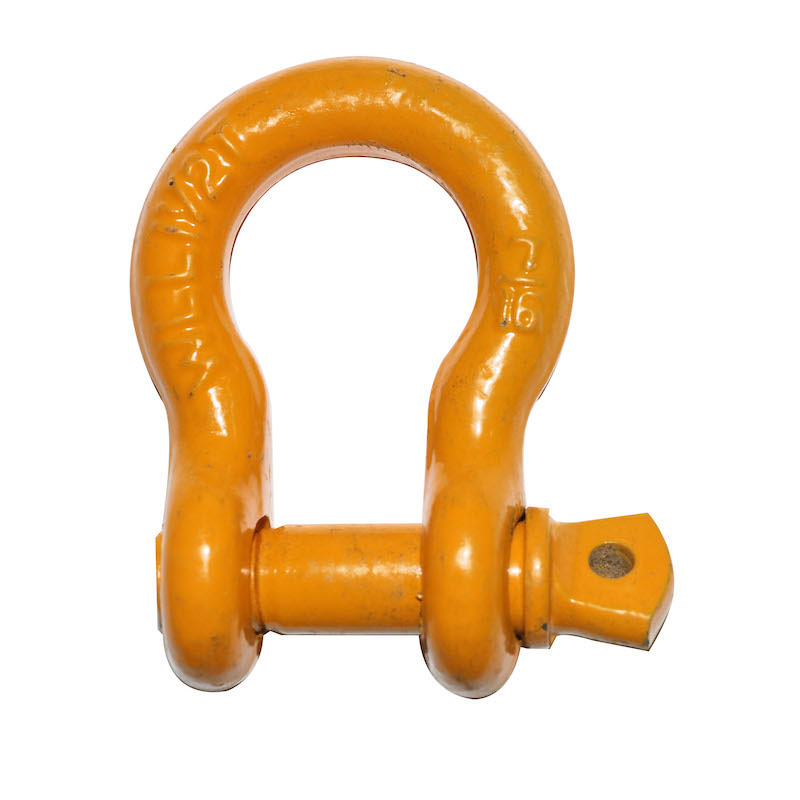
What Are Traditional Cranes?
Traditional cranes—typically made from high-strength steel—are the backbone of heavy-duty material handling solutions. They excel in overhead material handling systems, shipyards, and construction projects requiring extreme load capacities.
However, their heavier structure results in:
- Higher energy usage
- Slower operating speeds
- More extensive maintenance requirements
Despite these drawbacks, traditional cranes remain indispensable for bulk material handling systems where maximum lifting strength is the top priority.
Comparing Efficiency: Carbon Stacking vs. Traditional
1. Speed & Maneuverability
- Carbon stacking crane: Superior mobility in tight warehouse aisles and faster repositioning.
- Traditional crane: Best suited for stationary or semi-fixed applications.
2. Energy Efficiency
- Carbon stacking crane: Lightweight design significantly reduces energy costs.
- Traditional crane: Higher operating expenses due to greater mass.
3. Load Capacity
- Carbon stacking crane: Excellent strength-to-weight ratio but typically lower than the heaviest steel cranes.
- Traditional crane: Handles maximum loads, ideal for large-scale material handling in construction.
4. Integration with Automated Systems
- Carbon stacking crane: Seamless integration with automated vs. manual material handling workflows.
- Traditional crane: Possible, but more complex and cost-intensive.
Safety and Operator Considerations
Regardless of crane type, safety remains paramount. Proper PPE is essential—see
🔗 Loose Clothing Is Best to Wear When Handling Material?
Also, the right attachments improve load security and minimize accidents:
- Glass lifter for handling fragile materials
- Slab lifters and vacuum lifters for stone, glass, and panels
- Vacuum paver lifter AVPL40 for paving applications
Applications Across Industries
- Material Handling for Warehouses – Carbon stacking cranes boost picking speed and throughput.
- Material Handling for Manufacturing – Traditional cranes handle extremely heavy molds and assemblies.
- Material Handling in Logistics – Faster truck loading with carbon stacking cranes.
- Pharmaceutical Material Handling Systems – Non-corrosive carbon materials support hygienic standards.
Cost & ROI Considerations
While carbon stacking cranes have higher upfront costs, they often deliver lower lifetime operating expenses due to:
- Energy savings
- Reduced maintenance
- Increased productivity
Traditional cranes remain cost-effective for companies needing low-cost material handling solutions and the ability to lift the heaviest loads.
Final Verdict: Which Is More Efficient?
- Choose carbon stacking cranes if you prioritize speed, energy efficiency, and integration with automated material handling systems.
- Choose traditional cranes if your operation demands maximum load capacity and heavy-duty performance.
For businesses considering upgrades, assessing your material handling system design considerations is the key to selecting the right solution.

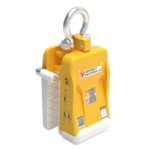
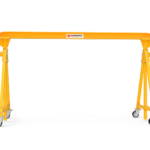
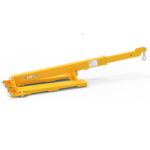
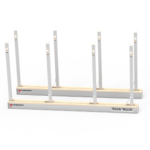
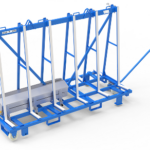

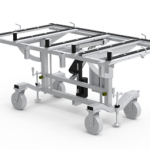
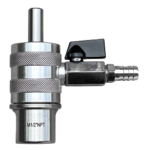
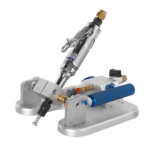
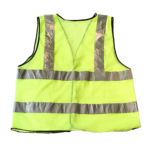

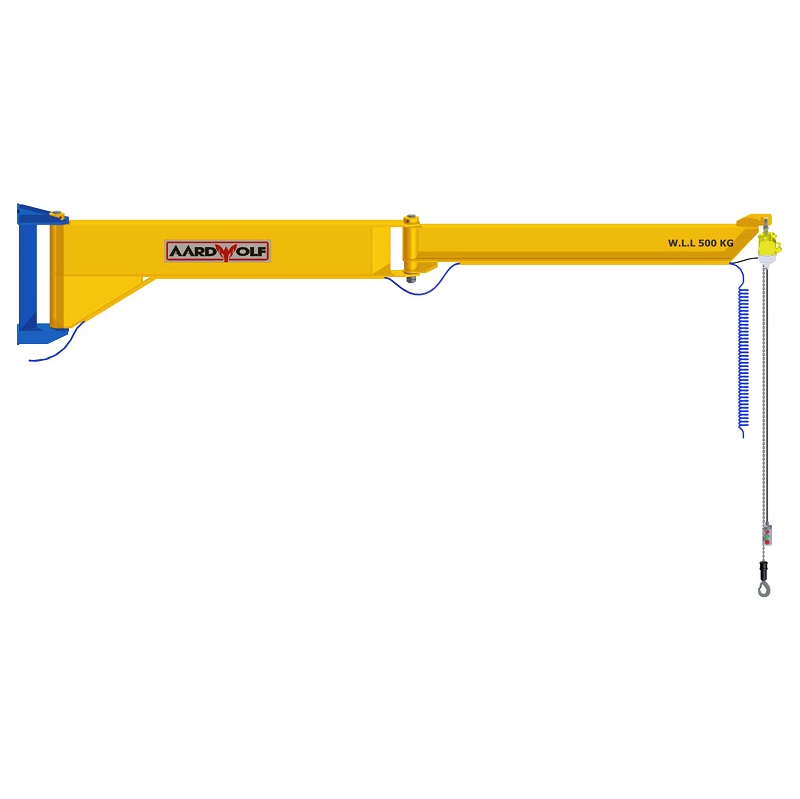
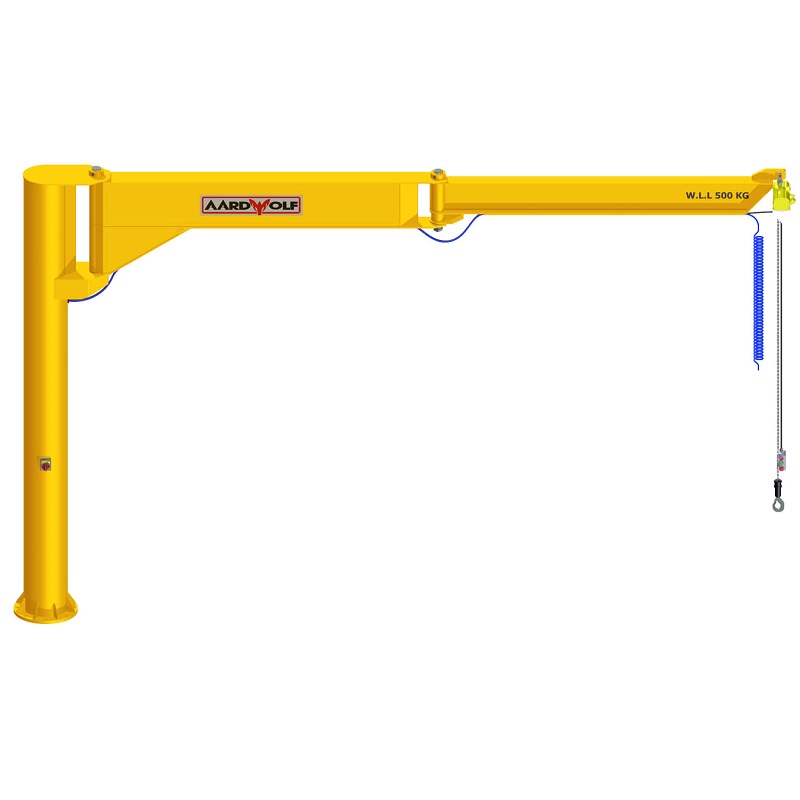
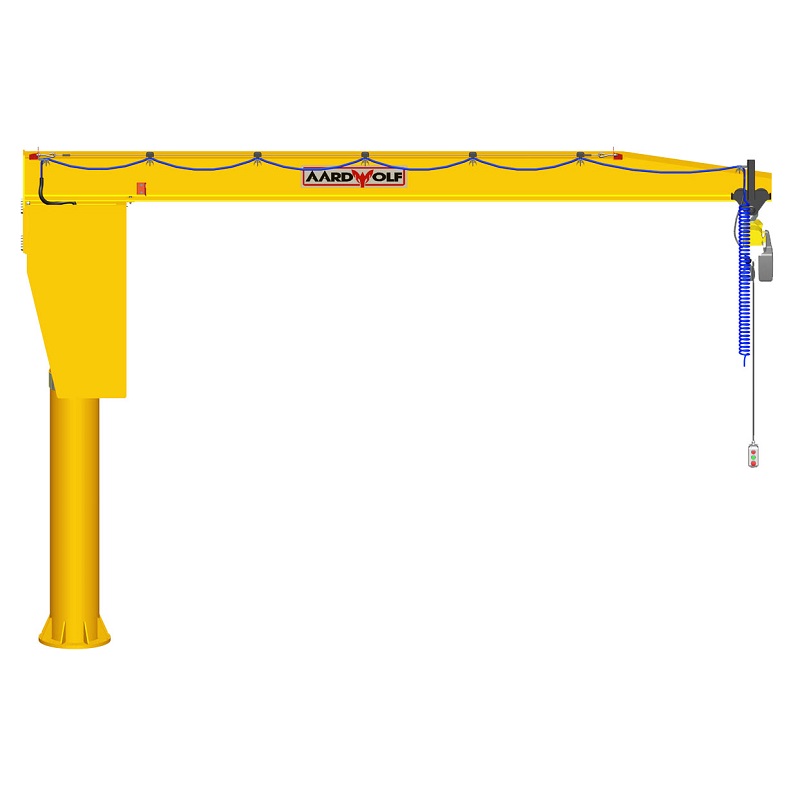
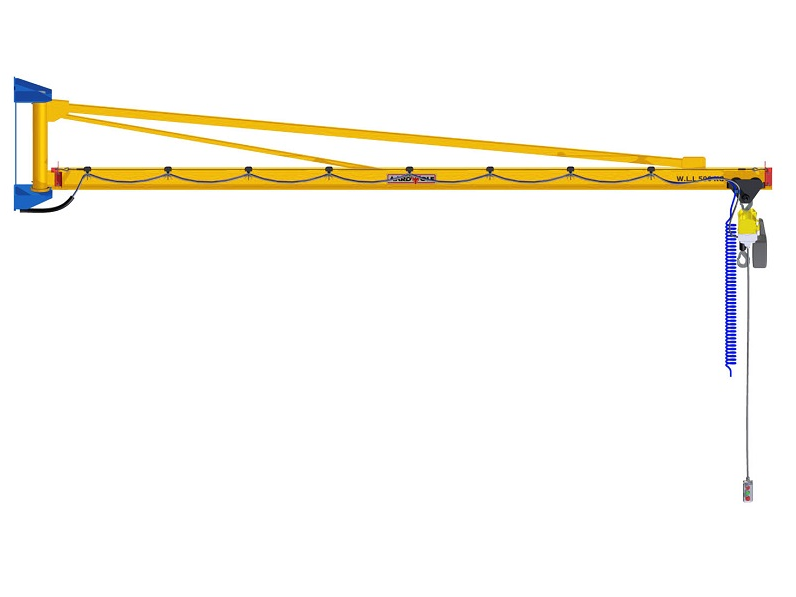

Please log in to leave a comment.